Home>Construction & Tools>Building Materials>What Is Lath For Stucco
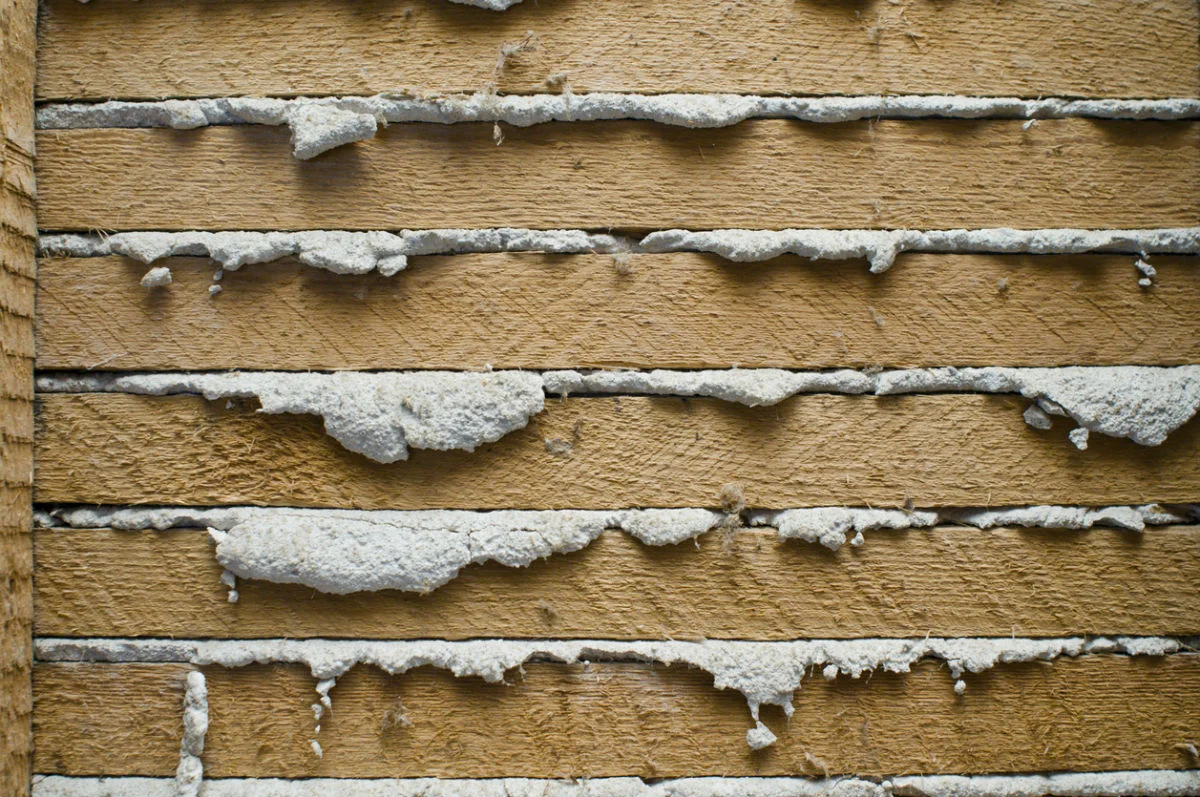

Building Materials
What Is Lath For Stucco
Modified: November 2, 2024
Learn about the importance of lath for stucco and its role in building materials. Discover how lath enhances the durability and strength of stucco applications.
(Many of the links in this article redirect to a specific reviewed product. Your purchase of these products through affiliate links helps to generate commission for Storables.com, at no extra cost. Learn more)
**
Introduction
**
When it comes to enhancing the durability and aesthetic appeal of stucco applications, the role of lath cannot be overstated. Lath serves as a foundational element, providing the necessary support for the stucco material to adhere to, thereby ensuring a long-lasting and visually appealing finish. In this comprehensive guide, we will delve into the significance of lath in stucco applications, the various types of lath available, and the essential steps for proper installation. Whether you are a homeowner planning a stucco renovation or a contractor seeking to expand your knowledge, this article will equip you with valuable insights into the world of lath for stucco.
**
Key Takeaways:
- Lath is like the sturdy skeleton behind a beautiful stucco wall, providing support, preventing cracks, and keeping moisture at bay. It’s crucial for a long-lasting and strong stucco finish.
- Different types of lath, like wood, metal, and synthetic materials, offer unique benefits for stucco projects. Proper installation of lath is essential for a resilient and visually appealing stucco finish.
Read more: What Is Lathing In Construction
What is Lath?
**
Lath, in the context of stucco applications, refers to the framework or base structure that supports the stucco material. It is typically composed of narrow strips of wood, metal, or synthetic materials that are arranged in a grid-like pattern to create a sturdy foundation for the stucco to adhere to. Lath plays a crucial role in reinforcing the stucco, preventing cracks, and enhancing its overall resilience.
Traditionally, wooden lath has been a popular choice due to its natural strength and flexibility. However, modern advancements have introduced metal and synthetic lath options, offering increased durability and resistance to moisture and pests.
Regardless of the material used, the primary function of lath is to create a supportive surface for the stucco while allowing for proper keying, which refers to the gripping or locking of the stucco material into the lath to promote adhesion.
Furthermore, lath serves as a moisture barrier, helping to mitigate the impact of environmental factors on the stucco. By providing a gap between the stucco and the underlying structure, lath facilitates ventilation and drainage, reducing the risk of moisture-related issues such as mold and rot.
Understanding the significance of lath is essential for anyone involved in stucco applications, as it forms the backbone of a successful and enduring stucco finish. With this foundational knowledge, let’s explore the various types of lath commonly used in stucco installations.
Types of Lath for Stucco
When it comes to stucco applications, several types of lath are available, each offering unique characteristics and benefits. Understanding the distinctions between these lath options is crucial for selecting the most suitable material based on the specific requirements of the project. Here are the primary types of lath commonly used in stucco installations:
1. Wood Lath:
Wood lath, traditionally made from rough-cut wood strips, has been a longstanding choice for stucco applications. Its natural flexibility and strength make it an ideal option for curved or irregular surfaces. However, wood lath requires proper treatment to enhance its resistance to moisture and pests, ensuring its longevity in stucco installations.
2. Metal Lath:
Metal lath, typically crafted from galvanized or stainless steel, offers exceptional durability and resistance to corrosion. It provides a solid foundation for stucco and is well-suited for high-impact areas where added strength is necessary. Metal lath is also fire-resistant, making it a preferred choice for applications where fire safety is a priority.
Read more: What Is A Stucco House
3. Synthetic Lath:
Synthetic lath, constructed from materials such as fiberglass or polypropylene, has gained popularity due to its resistance to moisture, rot, and pests. It offers consistent quality and is often designed with integrated features that facilitate proper stucco keying and adhesion. Synthetic lath is lightweight and easy to handle, making it a convenient option for stucco installations.
4. Paper-backed Lath:
Paper-backed lath combines the benefits of traditional lath materials with an added moisture barrier. It features an asphalt-saturated paper backing that enhances moisture resistance, providing an extra layer of protection against water infiltration. This type of lath is particularly beneficial in regions prone to high humidity or heavy rainfall.
Each type of lath has its own set of advantages, and the selection should be based on the specific demands of the stucco project, including environmental factors, structural requirements, and desired longevity. With the knowledge of the various lath options in mind, the next crucial aspect to explore is the proper installation of lath for stucco applications.
Installation of Lath for Stucco
Proper installation of lath is fundamental to the success and longevity of a stucco application. The following steps outline the essential procedures for installing lath in preparation for stucco:
1. Surface Preparation:
Prior to lath installation, the substrate should be thoroughly inspected and prepared. Any existing sheathing or structural components must be structurally sound and free from moisture damage. Additionally, the surface should be clean, smooth, and free of debris to ensure optimal lath adhesion.
Read more: What Is Stucco?
2. Lath Application:
The lath material, whether wood, metal, synthetic, or paper-backed, should be installed with precision and attention to detail. The lath sheets or rolls are affixed to the substrate using appropriate fasteners, such as nails or staples, ensuring a secure and uniform attachment. Care should be taken to overlap lath joints and maintain the specified spacing to achieve consistent support for the stucco material.
3. Integration with Flashing and Trim:
During lath installation, proper integration with flashing and trim elements is crucial to prevent moisture infiltration and ensure a seamless transition between different building components. Flashing should be installed at vulnerable areas, such as window and door openings, to redirect water away from the underlying structure and protect the integrity of the stucco system.
4. Expansion and Control Joints:
Strategic placement of expansion and control joints within the lath system is essential to accommodate potential movement and minimize the risk of cracking in the stucco finish. These joints allow for controlled expansion and contraction, particularly in large stucco surfaces, contributing to the overall durability of the installation.
5. Inspection and Quality Assurance:
Upon lath installation, a comprehensive inspection should be conducted to verify the integrity of the lath system and its compliance with industry standards. Attention to detail during installation is paramount, and any deviations from the specified procedures should be promptly addressed to ensure the effectiveness of the stucco application.
By adhering to these fundamental installation guidelines, the lath system can effectively support the stucco material, contributing to a resilient and visually appealing finish. The significance of proper lath installation cannot be overstated, as it forms the foundation for the next crucial phase: the application of stucco itself.
Read more: What Is A Stucco Wall
Importance of Lath in Stucco Applications
The role of lath in stucco applications extends far beyond mere structural support. Understanding the importance of lath is essential for appreciating its multifaceted contributions to the overall performance and longevity of stucco finishes.
1. Structural Integrity:
Lath serves as the backbone of the stucco system, providing crucial reinforcement and support for the stucco material. By creating a stable and resilient foundation, lath minimizes the risk of cracking and ensures the structural integrity of the stucco installation, particularly in high-stress areas.
2. Moisture Management:
Properly installed lath facilitates effective moisture management within the stucco system. It creates a ventilated and drainage-friendly space between the stucco and the underlying structure, reducing the potential for moisture-related issues such as mold, rot, and water damage. Additionally, certain types of lath, such as paper-backed lath, offer enhanced moisture resistance, further safeguarding the stucco application.
3. Adhesion and Keying:
Lath plays a pivotal role in promoting strong adhesion and keying of the stucco material. The textured surface of the lath provides an ideal substrate for the stucco to grip onto, creating a mechanical bond that enhances the overall cohesion and durability of the stucco finish. Proper keying, facilitated by the lath, minimizes the risk of delamination and ensures long-term adhesion.
Read more: What Division Is Stucco
4. Flexibility and Durability:
Depending on the lath material chosen, the stucco system can benefit from increased flexibility and durability. For instance, metal lath offers exceptional strength and resilience, making it suitable for demanding environments where impact resistance is a priority. Synthetic lath options provide consistent quality and resistance to environmental factors, contributing to the long-term durability of the stucco application.
5. Fire Resistance:
Certain types of lath, particularly metal lath, contribute to the fire resistance of the stucco system. By incorporating fire-resistant lath materials, the overall fire performance of the stucco installation is enhanced, providing an additional layer of protection in fire-prone regions or structures.
By recognizing the pivotal role of lath in stucco applications, stakeholders can make informed decisions regarding lath selection, installation practices, and maintenance strategies. The comprehensive understanding of lath’s importance empowers individuals involved in stucco projects to prioritize quality, longevity, and performance, ultimately contributing to the success of the overall stucco application.
Conclusion
As we conclude our exploration of lath for stucco applications, it becomes evident that lath serves as the unsung hero behind every resilient and visually stunning stucco finish. From its foundational role in providing structural support to its contributions to moisture management, adhesion, and durability, lath plays a multifaceted part in ensuring the success of stucco installations.
By understanding the various types of lath available, including wood, metal, synthetic, and paper-backed options, stakeholders can make informed decisions aligned with the specific demands of their stucco projects. Each type of lath offers distinct advantages, ranging from natural flexibility and fire resistance to enhanced moisture management and longevity.
Furthermore, the proper installation of lath is paramount to the overall performance of the stucco system. Attention to detail during lath installation, integration with flashing and trim, and strategic placement of expansion and control joints are essential steps that contribute to the effectiveness and longevity of the stucco finish.
The significance of lath in stucco applications extends beyond its technical functions; it embodies the commitment to quality, resilience, and long-term performance. By recognizing the pivotal role of lath, stakeholders can prioritize the foundational elements that underpin exceptional stucco installations, ultimately leading to enduring and visually captivating results.
As the world of stucco continues to evolve with technological advancements and innovative materials, the foundational role of lath remains steadfast, anchoring stucco applications in a legacy of strength, durability, and aesthetic appeal.
Whether embarking on a stucco renovation project or seeking to elevate the standards of stucco craftsmanship, the appreciation of lath’s significance empowers individuals to make informed decisions that resonate throughout the lifespan of the stucco installation.
With a newfound understanding of lath’s importance and its multifaceted contributions to stucco applications, we embark on a journey where each stucco finish is underpinned by the strength, resilience, and enduring support of lath, laying the groundwork for timeless and exceptional stucco craftsmanship.
Frequently Asked Questions about What Is Lath For Stucco
Was this page helpful?
At Storables.com, we guarantee accurate and reliable information. Our content, validated by Expert Board Contributors, is crafted following stringent Editorial Policies. We're committed to providing you with well-researched, expert-backed insights for all your informational needs.
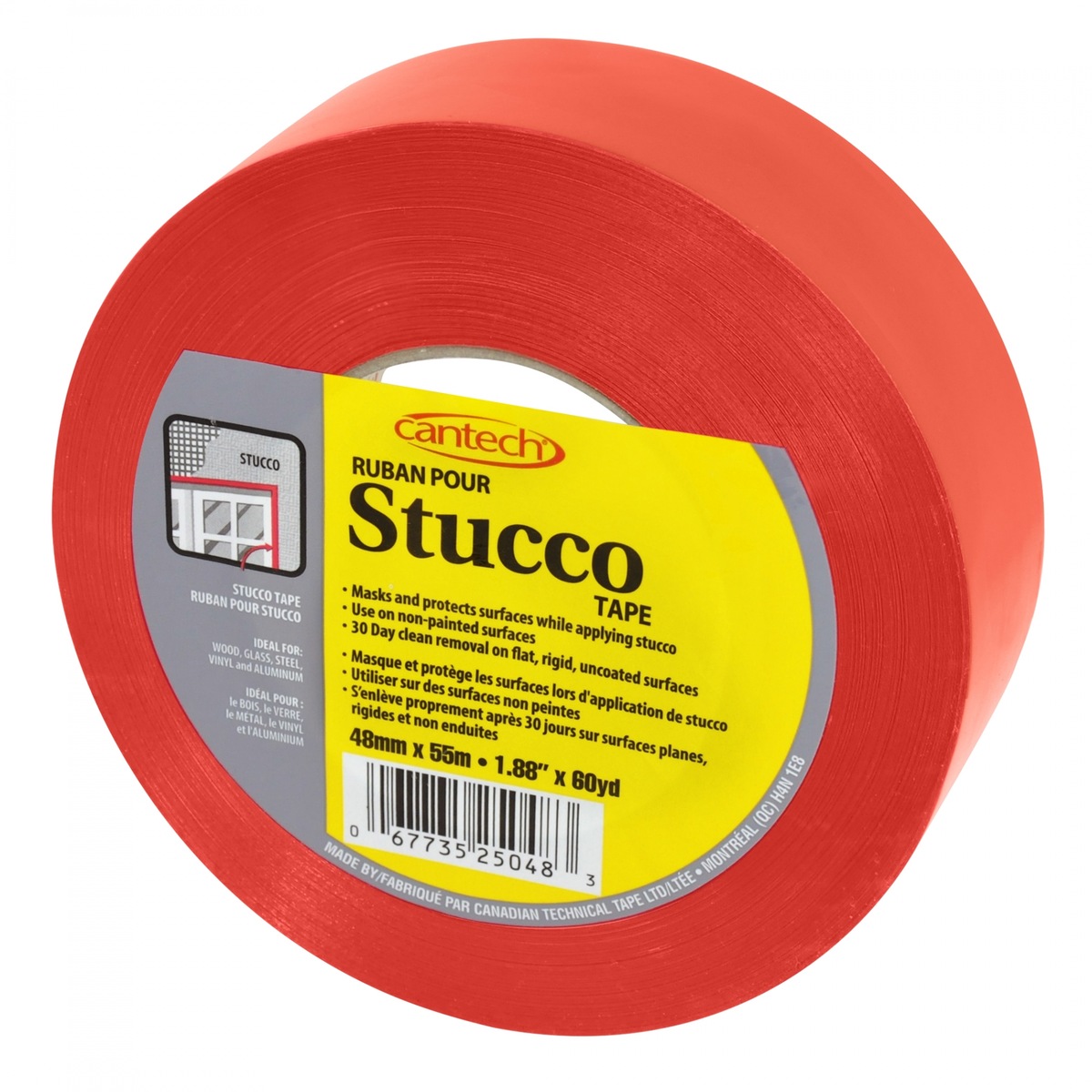
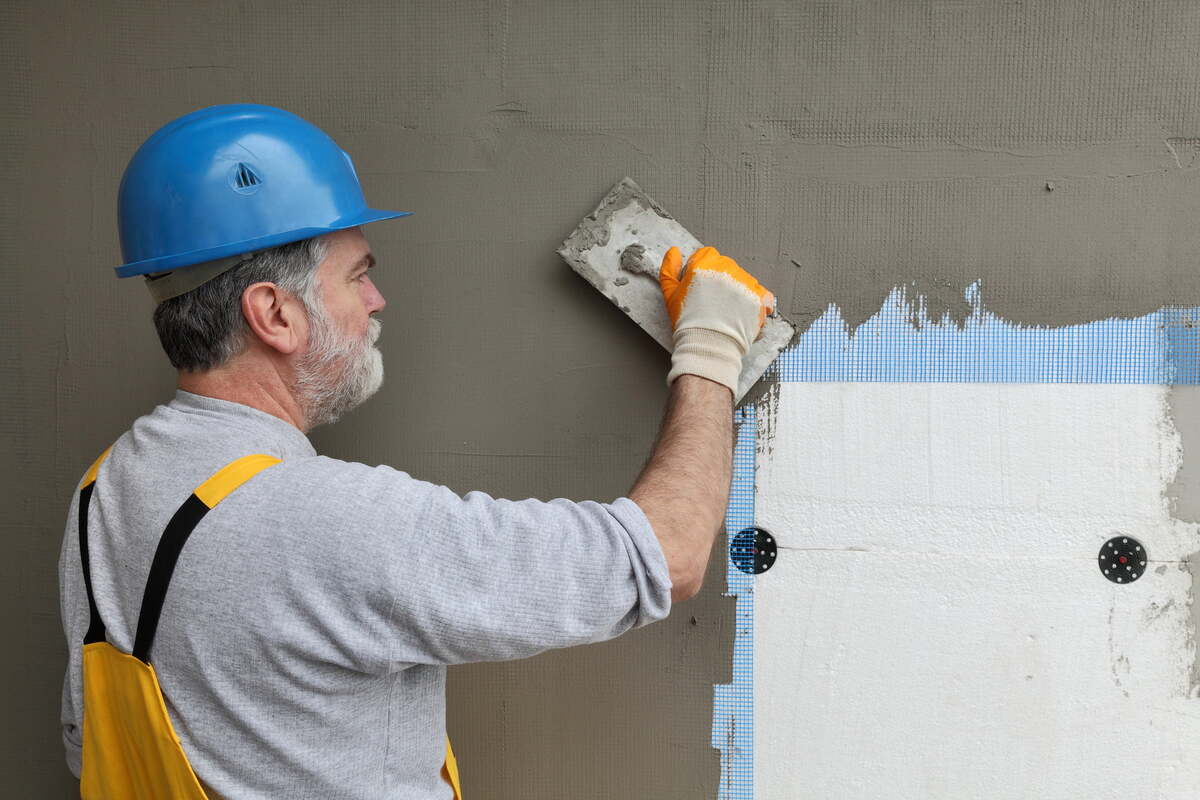
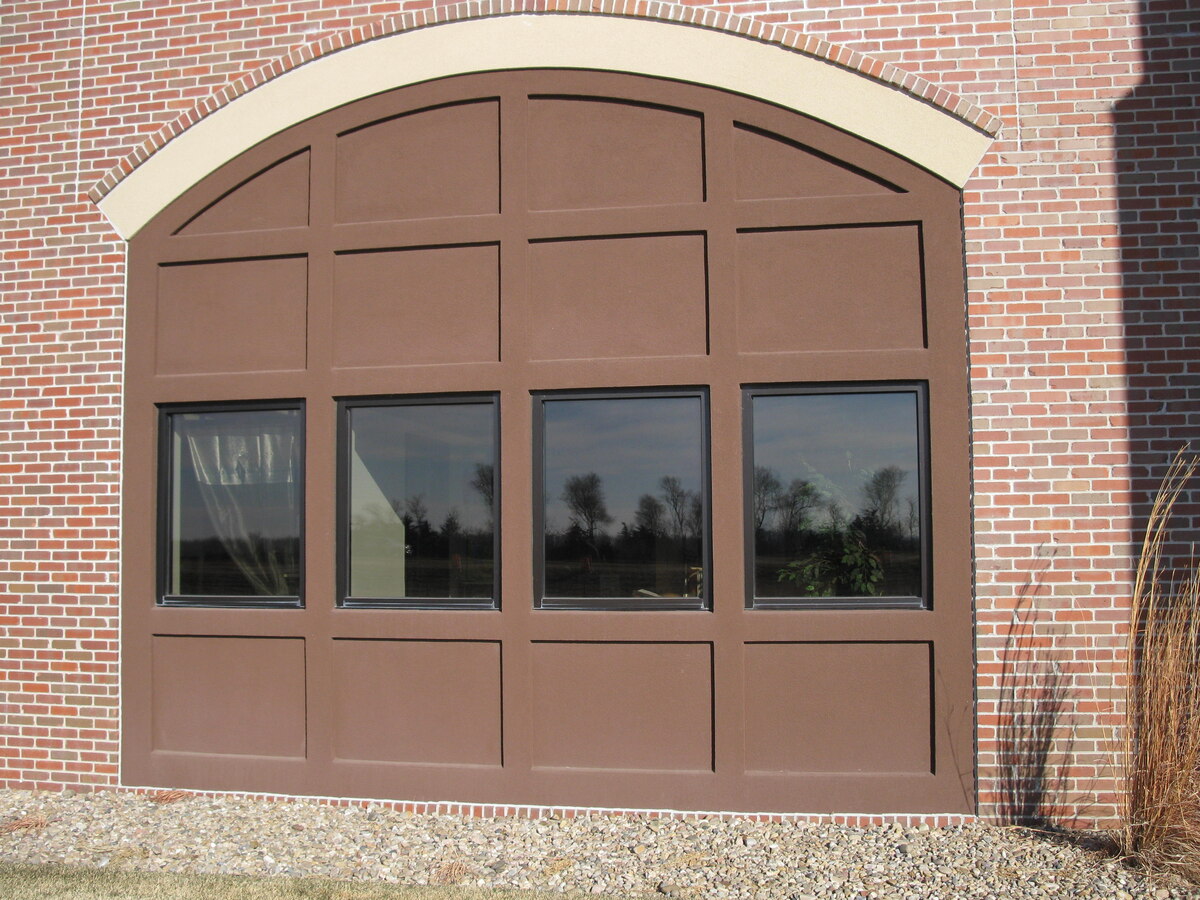
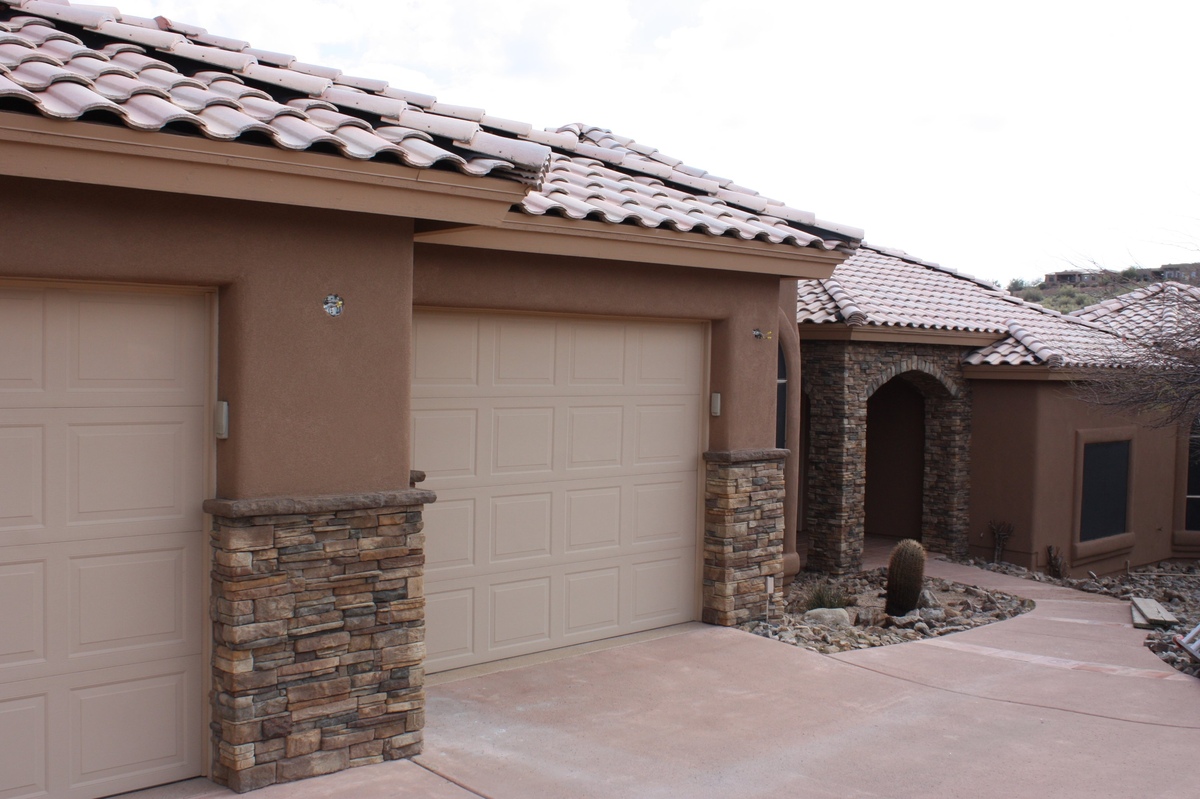
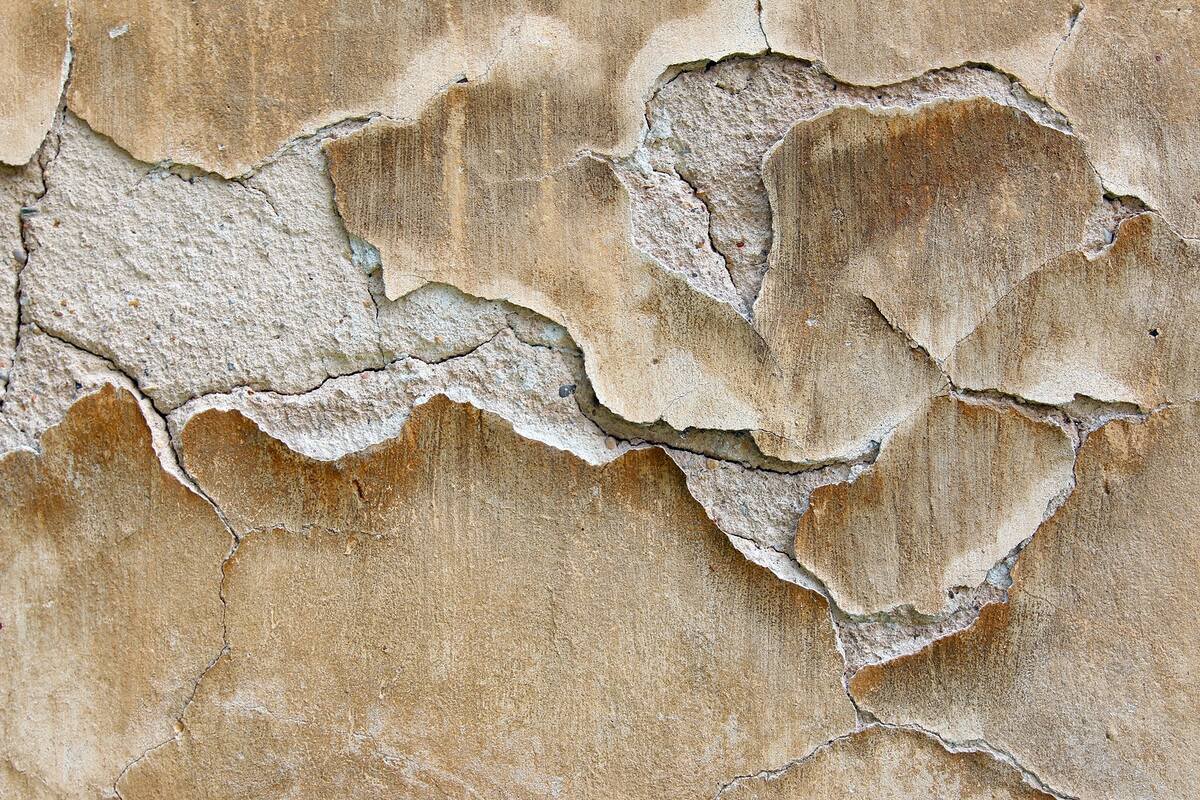
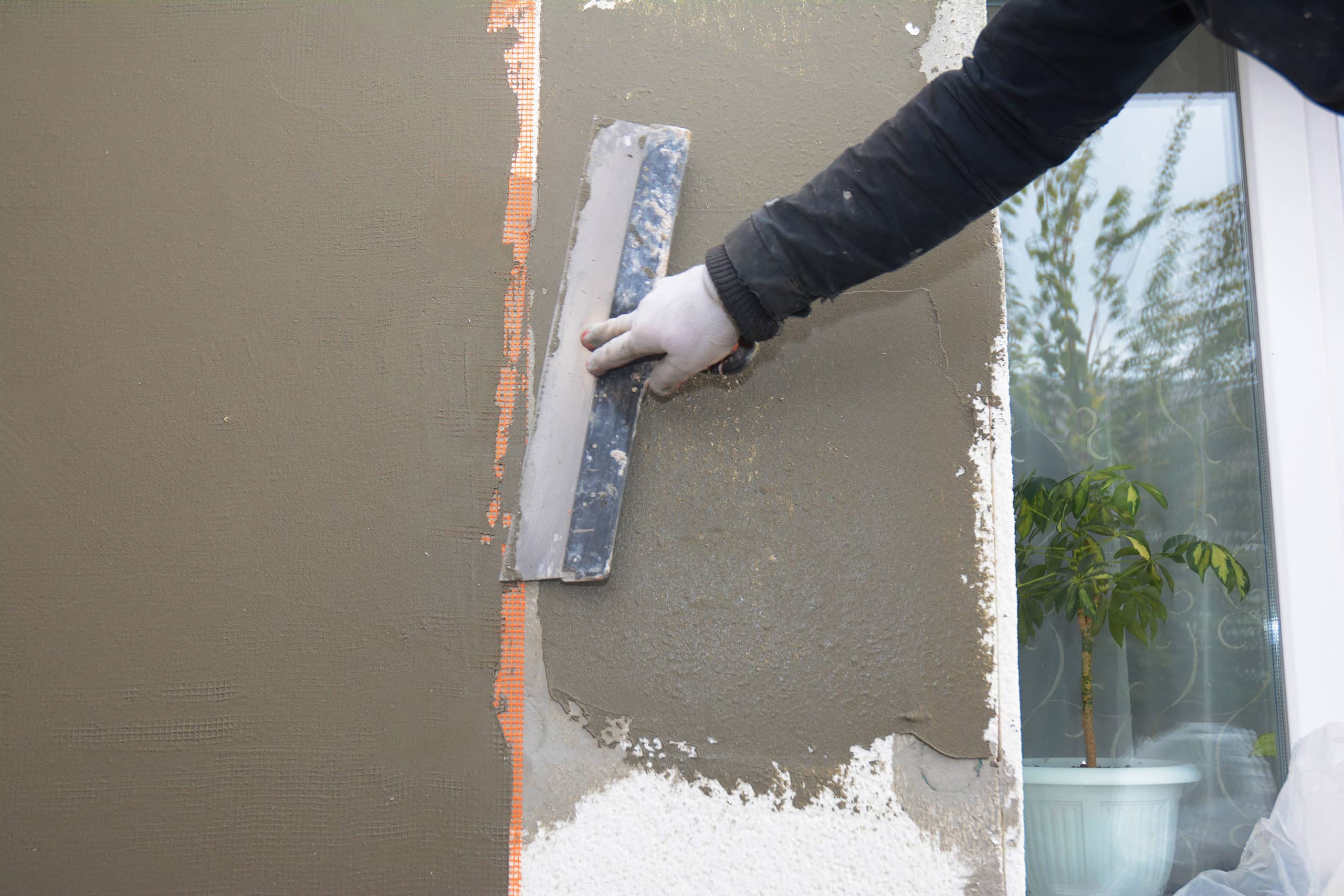
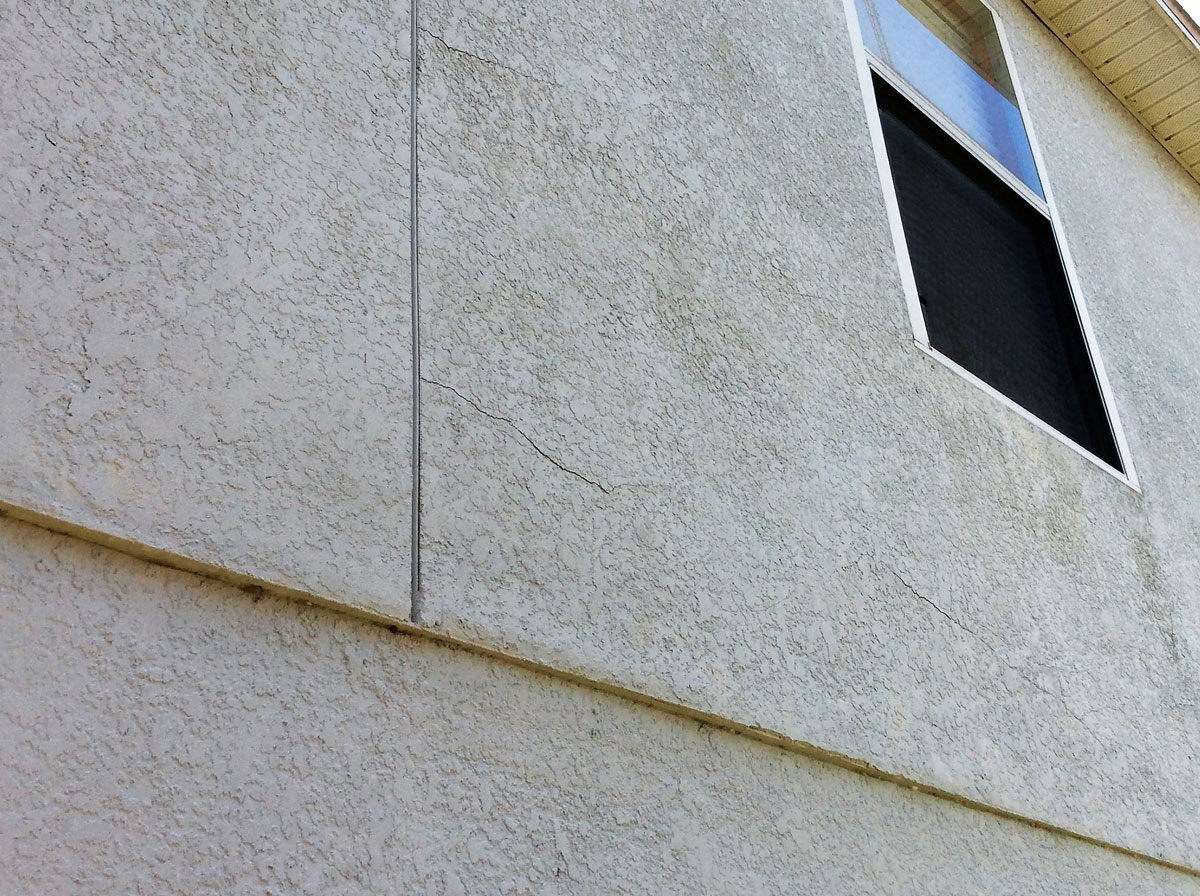
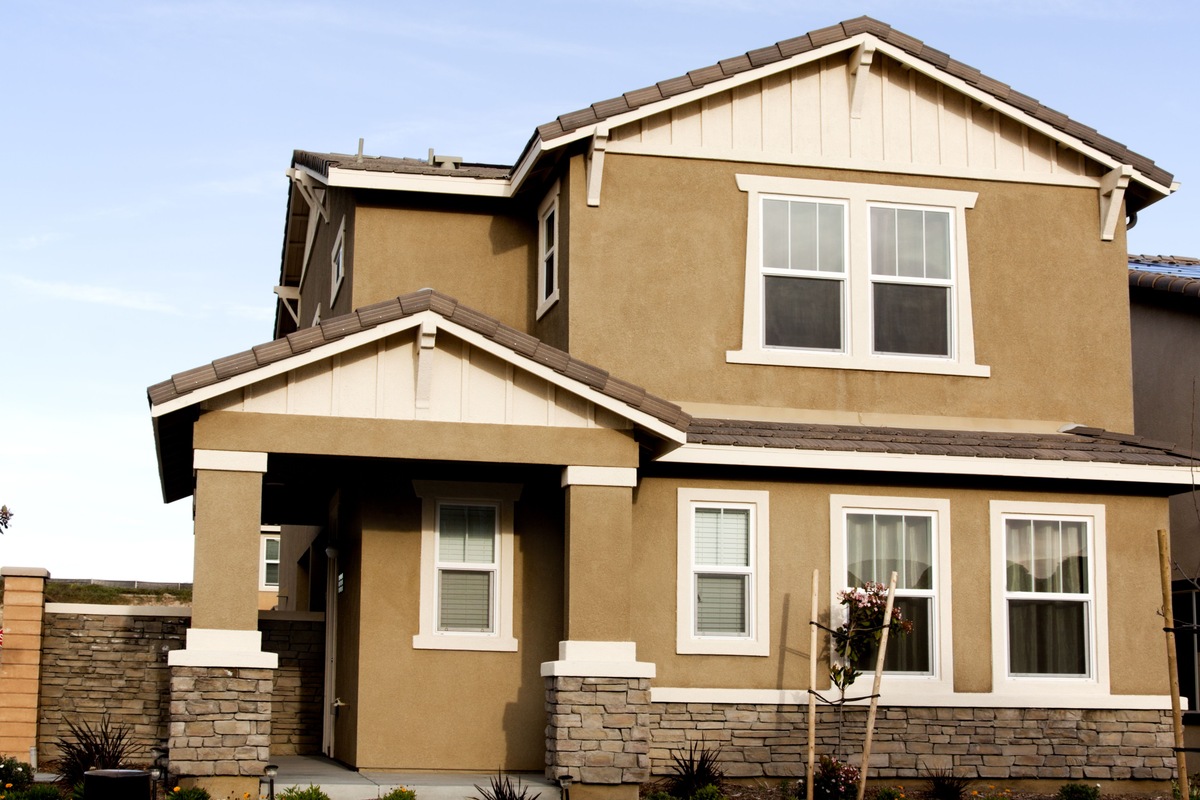

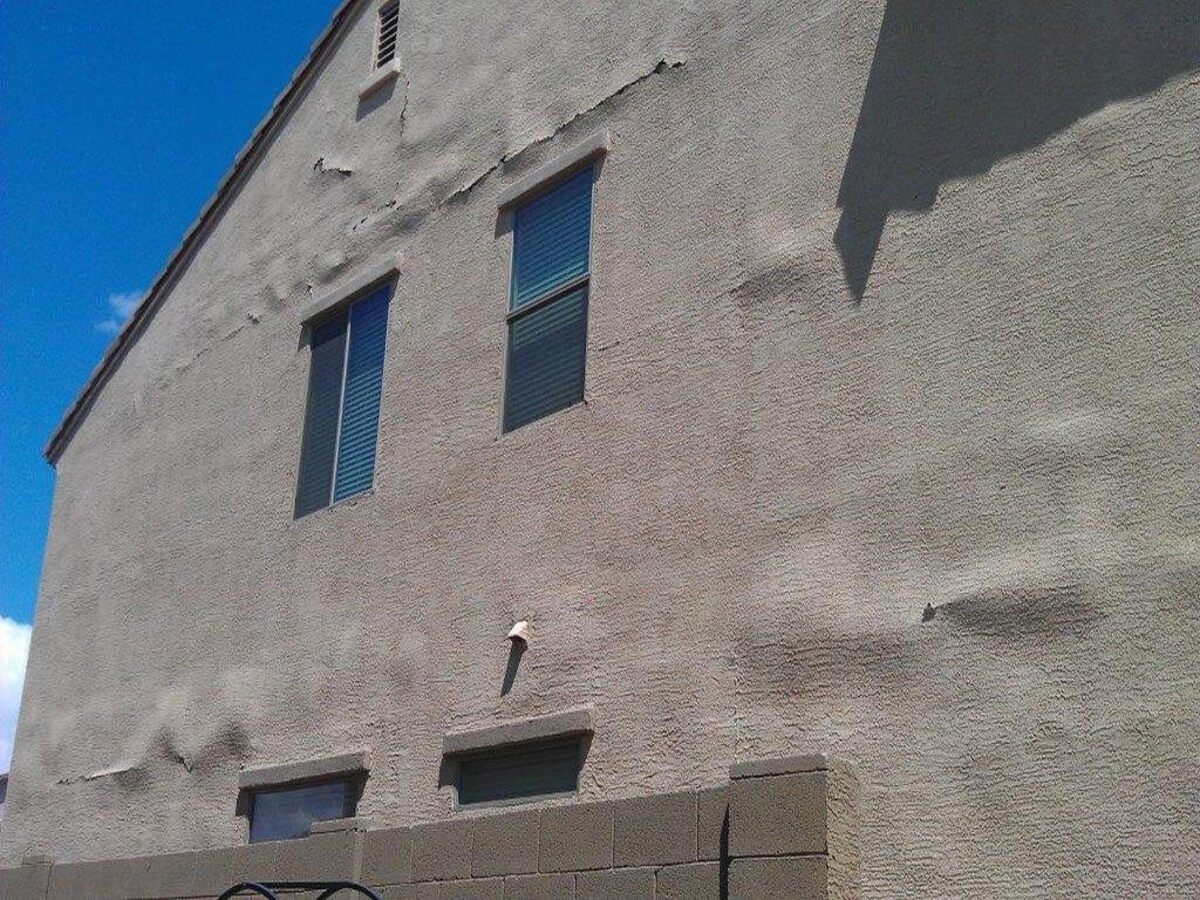
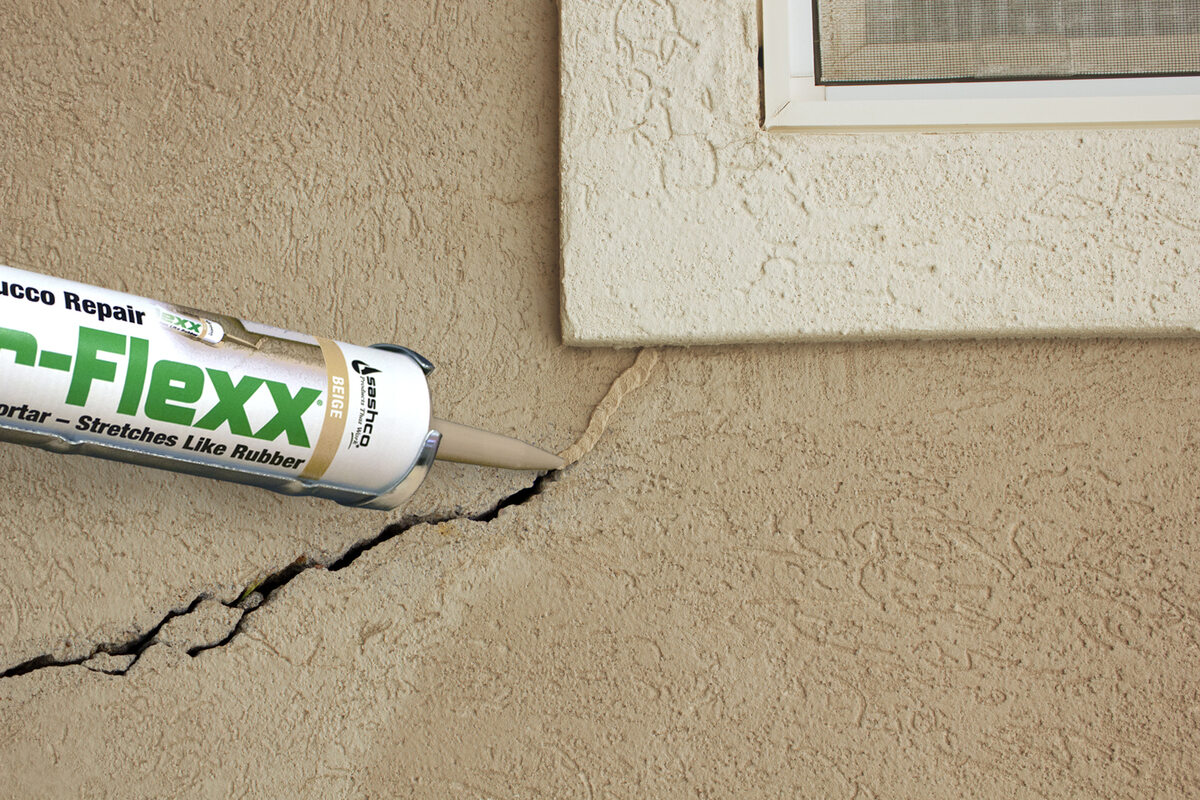

0 thoughts on “What Is Lath For Stucco”